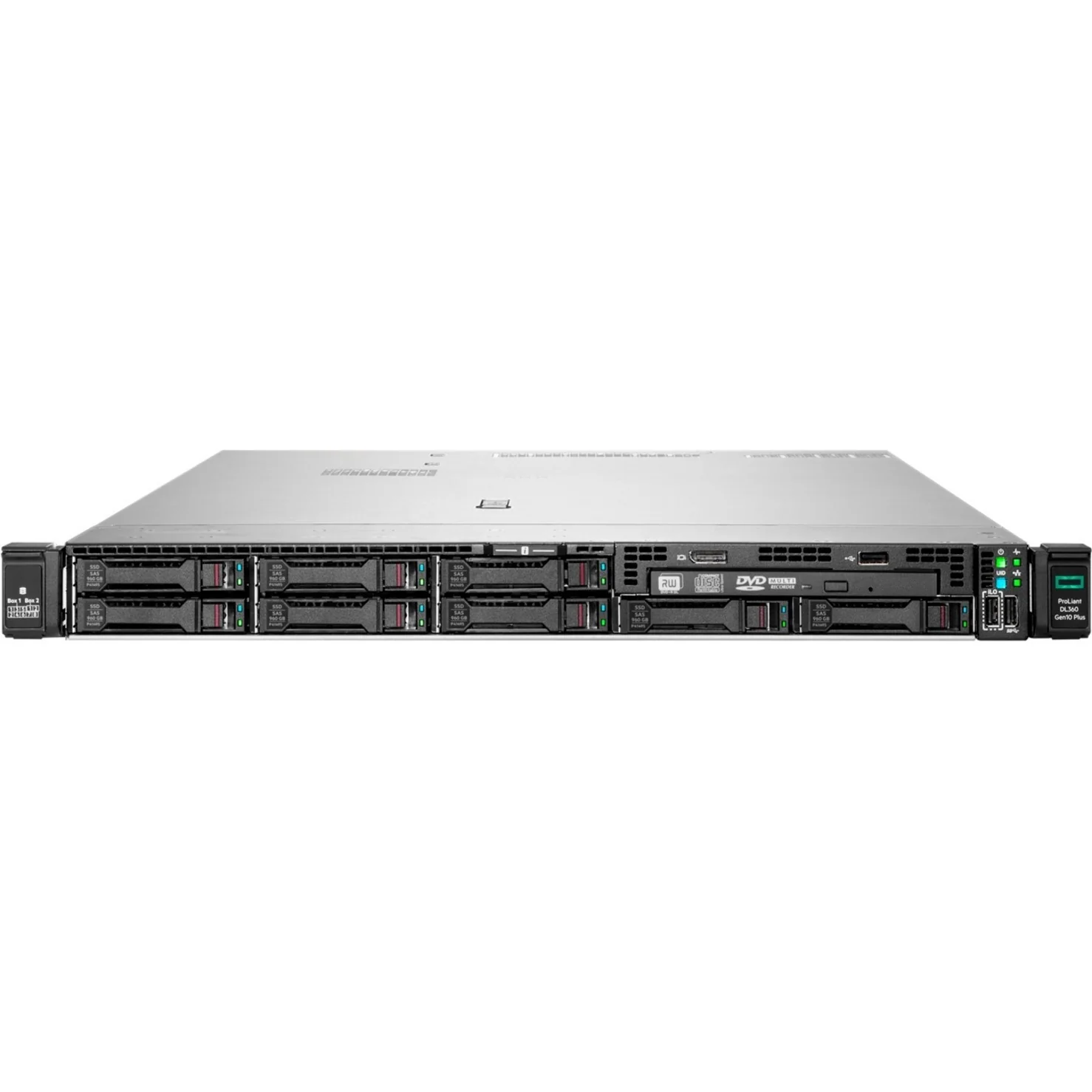redução de ruído do HDD de servidor
A redução de ruído dos HDDs de servidor representa um avanço crucial na tecnologia de centros de dados, abordando um dos desafios mais significativos nos ambientes de servidores: o excesso de ruído proveniente dos discos rígidos. Esta solução abrangente engloba modificações de hardware e princípios de engenharia acústica para minimizar os sons operacionais gerados por múltiplos HDDs funcionando simultaneamente. O sistema normalmente emprega diversas técnicas, incluindo materiais de amortecimento de vibração, soluções estratégicas de montagem dos drives e gerenciamento avançado de fluxo de ar para reduzir tanto as vibrações mecânicas quanto as emissões acústicas. Essas soluções são especificamente projetadas para manter o desempenho ideal dos drives, ao mesmo tempo em que diminuem significativamente os níveis de ruído em até 70% em comparação com configurações padrão de servidores. A tecnologia incorpora invólucros especiais para os drives com materiais absorvedores de som, sistemas de montagem antivibratórios e algoritmos inteligentes de gerenciamento de drives que otimizam os padrões de operação para reduzir a saída coletiva de ruído. Essa abordagem garante que o desempenho do servidor permaneça inalterado, criando ao mesmo tempo um ambiente de trabalho mais confortável para o pessoal dos centros de dados.


